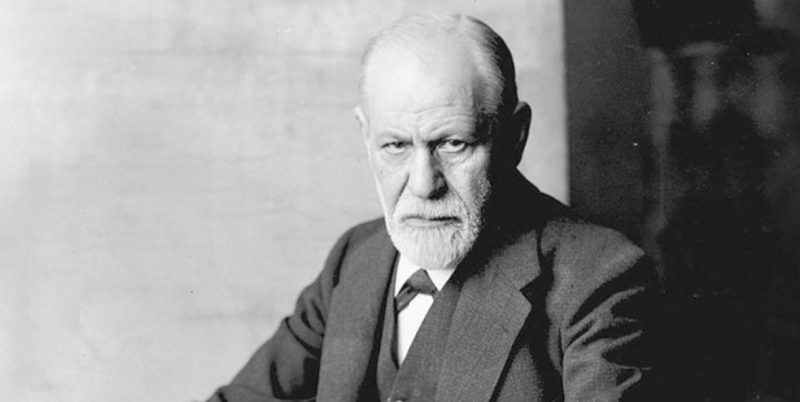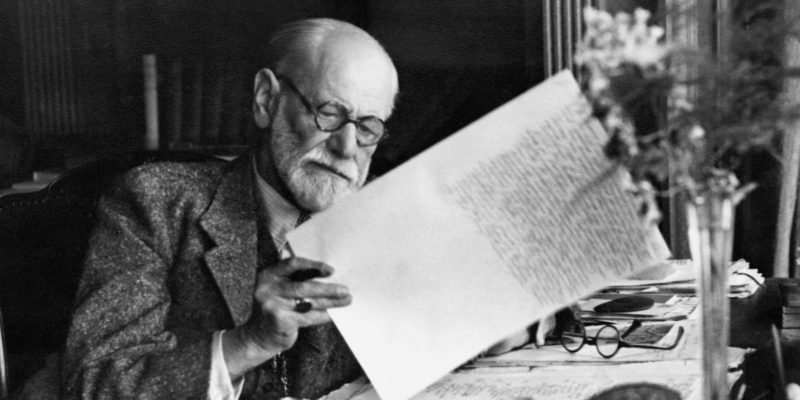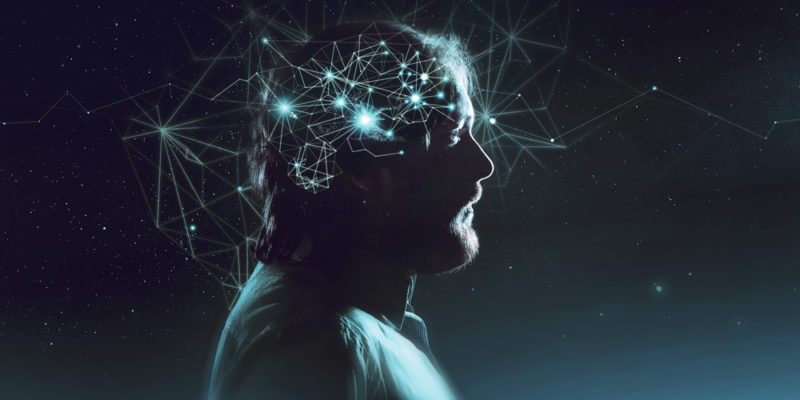Table of Contents
We explore Sigmund Freud and the subjects of his study. In addition, we discuss his characteristics and most renowned works.

Who was Sigmund Freud?
Sigmund Freud was an Austrian psychiatrist who researched into the structure and behavior of the mind, as well as the pathologies associated with it. His main contribution to human knowledge was the creation of psychoanalysis, a discipline that is both a research method and a therapeutic technique.
His theory was based on the study of patients. The works and the discoveries he made as well as the cases supporting his theories were published in the late 19th century, revolutionizing 20th-century thought with his major breakthroughs:
- The possibility of treating mental disorders with an alternative therapy to drugs: psychoanalysis.
- The discovery of a part of the mind foreign to our own knowledge: the unconscious.
Below, as a summary of Freud's theory, are his main characteristics.
- See also: Karl Marx
Biography

Sigmund Freud was born on May 6, 1856, in the Czech Republic, to Jacob Freud, an orthodox Jew, and his third wife, Amalia Nathansohn.
From a very early age, Freud showed signs of his intelligence and curiosity, being able to read German, French, Italian, Spanish, English, Hebrew, Latin, and Greek. After studying law, philosophy and zoology, he graduated in medicine in 1881, and pursued dermatology and psychiatry. He married Martha Bernays in 1886, with whom he had six children: Mathilde, Jean-Martin, Oliver, Ernst, Sophie, and Anna.
In Paris, he studied the use of hypnosis in the treatment of mental disorders with Jean Martin Charcot. While the concept of psychoanalysis was developed mostly between 1895 and 1900, his research continued throughout his life. He died in London on September 23, 1939.
Psychoanalysis
Psychoanalysis has a dual nature: it is both a research method and a therapeutic practice. Both aspects of psychoanalysis mutually affect each other.
Practice as well as research is based on the same theoretical, descriptive and explanatory model of the phenomena of the human psyche. Psychoanalysis is a form of psychology, but not the only one.
The unconscious

Freud's greatest discovery was probably the existence of the unconscious in the human mind. The unconscious consists of all the contents that are not accessible to the conscious mind but still are part of thought.
The unconscious is structured in the mind, outside the realm of words. This means that in the unconscious, concepts are not separated from each other but rather, “near” thoughts can merge and become confused.
We only have access to the contents of the unconscious when they become preconscious, in the form of dreams, fantasy, and art. The unconscious affects our entire conscious life, from our musical preferences to our choice of partner.
Psychoanalysis is the process of making the unconscious conscious in order to prevent the mental illness of the psyche.
Repression
Repression is the process by which the mind turns an event (a fact, person, or emotion) into unconscious content. This is an involuntary defense mechanism we perform when faced with something that becomes intolerable.
However, no content can be completely repressed, but rather what is repressed returns, manifesting itself in the form of jokes, dreams, cultural manifestations, or, in the worst cases, giving rise to psychic pathologies including hysteria, compulsion, and hypochondria. When mental pathologies appear, psychoanalysis holds that the most effective way to cure them is to make repressed contents become conscious.
Oedipus complex

Freud held that the male child wants to seduce his mother, creating a conflict with the father, who represents the law and prevents union with the mother. He discovered that the taboo (prohibition) of incest is common to all cultures. The Oedipus Complex is the stage the infant goes through in which he accepts the paternal prohibition and ceases to seek the mother.
This process is part of the unconscious mind, leaving marks that determine the choice of future partners. Freud named this process after the myth of Oedipus, a Greek prince who, unknowingly, murders his biological father and marries his biological mother.
The interpretation of dreams
Freud discovered that dreams convey unconscious contents, turning them preconscious. Dreams can evidently represent a desire only when consciousness is able to accept the existence of that desire. However, if the desire has been repressed, it appears hidden, meaning that interpretation is necessary.
The pleasure principle

Psychoanalytic theory holds that the psyche always seeks to achieve pleasure and avoid displeasure. This means that the main motivating force for the functioning of the unconscious is pleasure. Therefore, thoughts that produce excessive pain are repressed. However, the conscious mind does not operate under the pleasure principle, but under the reality principle, which is its opposite: the need to adapt to the environment. Thus, what is repressed manifests itself again in the form of symptoms.
Structures of the mind
The functioning of the mind can be grouped into three structures:
- Id. These are the basic impulses and the driving force of our behavior. Here lies the pleasure principle.
- Superego. It represents the law, limits, and principles. It is constructed thanks to the passage through the Oedipus Complex.
- Ego. It acts in reaction to both the Id and to the Superego.
Books

Freud’s most notable works include:
- Studies on Hysteria (1895)
- The Interpretation of Dreams (1898)
- The Psychopathology of Everyday Life (1900)
- The Joke and its Relation to the Unconscious (1905)
- Three Essays on the Theory of Sexuality (1905)
- Totem and Taboo (1905)
Quotes
- "I’ve been a fortunate man in life. Nothing has come easily."
- "The virtuous man contents himself with dreaming that which the wicked man does in actual life."
- "Being entirely honest with oneself is a good exercise."
- "The madman is a dreamer awake."
- "I cannot think of any need in childhood as strong as the need for a father's protection."
- "This is absurd!" (Freud’s final words before dying).
Explore next:
Was this information useful to you?
Yes NoThank you for visiting us :)